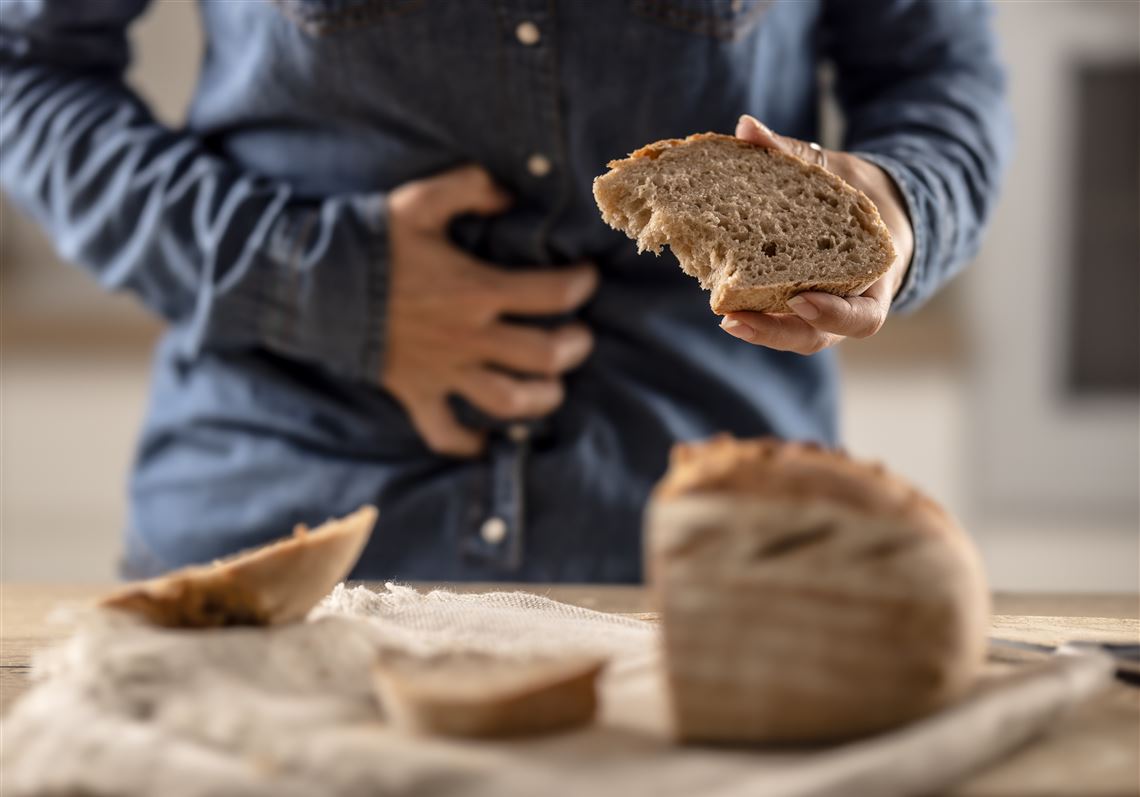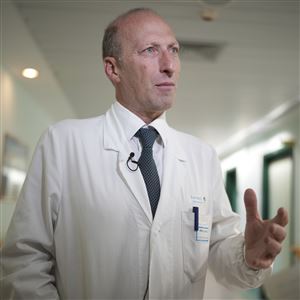For many, going gluten-free isn’t just a fad — it’s a necessity for the approximately 1% of the population whose immune systems turn against them with every bite of food that contains wheat, rye or barley.
Celiac disease is often misunderstood, leading to many remaining undiagnosed. To shed light on the condition, local experts shared their insights.
What is celiac disease?
Celiac disease is not just an intolerance to gluten. Rather, it's an autoimmune disorder triggered by consuming gluten, a protein that’s found in wheat, rye and barley.
David Limauro, a gastroenterologist with Pittsburgh Gastroenterology Associates, said when someone with celiac disease eats gluten, their immune system mistakenly attacks the lining of the small intestine, leading to damage that impairs nutrient absorption.
“We would think of celiac as causing primarily classic GI symptoms like diarrhea, abdominal pain, bloating and weight loss,” said Limauro. “Most people now can have non-GI symptoms, or many times things like iron deficiency anemia, joint pain, rashes and recurrent miscarriages.”
Paige Langhals-Totino, an internal medicine physician at AHN said she also sees non-GI symptoms in her patients, which are often not immediately associated with celiac disease.
“In some patients, non-GI symptoms are the only symptoms they have,” she said. “These can include skin rash, general fatigue and deficiencies in various vitamins like iron, folate, vitamin D and B12.”
How is celiac disease diagnosed?
For many, testing for celiac begins with a blood test.
“The easiest way is to start with blood tests that can identify antibodies against gluten,” Langhals-Totino said. “For a more complete diagnosis, most patients should also undergo an upper endoscopy, where biopsies of the small intestine are taken to look for evidence of damage.”
Limauro said that these blood tests typically include checking for tissue transglutaminase antibodies (tTG) and an Immunoglobulin A (IgA), which play a role in immune function. For accurate results, these tests require the patient to eat gluten for at least 2-4 weeks prior.
After receiving a positive blood test, he said adults should undergo the endoscopy with a biopsy. While some pediatricians are foregoing the biopsy for children, it’s the best way to confirm the diagnosis before going on a lifelong restrictive diet.
Living with celiac disease
For those diagnosed with celiac disease, avoiding gluten is essential. However, it’s not always straightforward.
“In addition to obvious sources like bread, pasta, cookies and pastries, gluten can be hidden in seasonings, salad dressings, sauces and even beer, which contains barley,” said Limauro. “Cross-contamination in restaurants is also a significant concern, as foods prepared on surfaces that previously had gluten can pose a risk.”
Limauro said for people with celiac disease, seeing a dietitian is important.
“We really insist that a dietitian is involved when making a diagnosis for a patient with celiac disease,” he said. “It’s just critical to have a knowledgeable dietitian involved to help counsel people and teach them how to avoid gluten.”
While there is no cure for celiac disease, removing gluten from your diet will typically reduce inflammation in the small intestine, per the Mayo Clinic, causing an improvement in symptoms. However, healing in the small intestine may take three to six months for children, and up to several years for adults.
The gluten-free ‘trend’
Some people choose to follow a gluten-free diet for reasons other than having celiac disease, but Limauro cautions against doing so without a proper diagnosis.
One of the reasons someone may choose to “go gluten free,” according to Langhals-Totino, is irritable bowel syndrome, or IBS.
“There are other GI disorders like IBS where gluten can cause sensitivity, so the breakdown of the gluten product may be causing bloating and worsening symptoms,” said Langhals-Totino. “These people might voluntarily choose to follow a gluten-free diet based on improvement in symptoms.”
“There are some people who follow [a gluten free diet] for vanity reasons, but primarily it should only be used in the setting of improving symptoms and GI disruption,” said Limauro.
He said it’s important for people to get tested for celiac disease rather than self-initiating a gluten-free diet. By doing so, it ensures that physicians don’t overlook celiac disease before they start restrictive diets or treatments that may not address the underlying issue.
Langhals-Totino said that anyone who has a concern about celiac disease should seek out testing and ask a health care professional about their risks for having the condition.
Correction (Aug. 26, 2024): An earlier version of this article misspelled the surname of the AHN internal medicine physician interviewed. She is Paige Langhals-Totino.
First Published: August 25, 2024, 9:30 a.m.
Updated: August 26, 2024, 2:20 a.m.


















